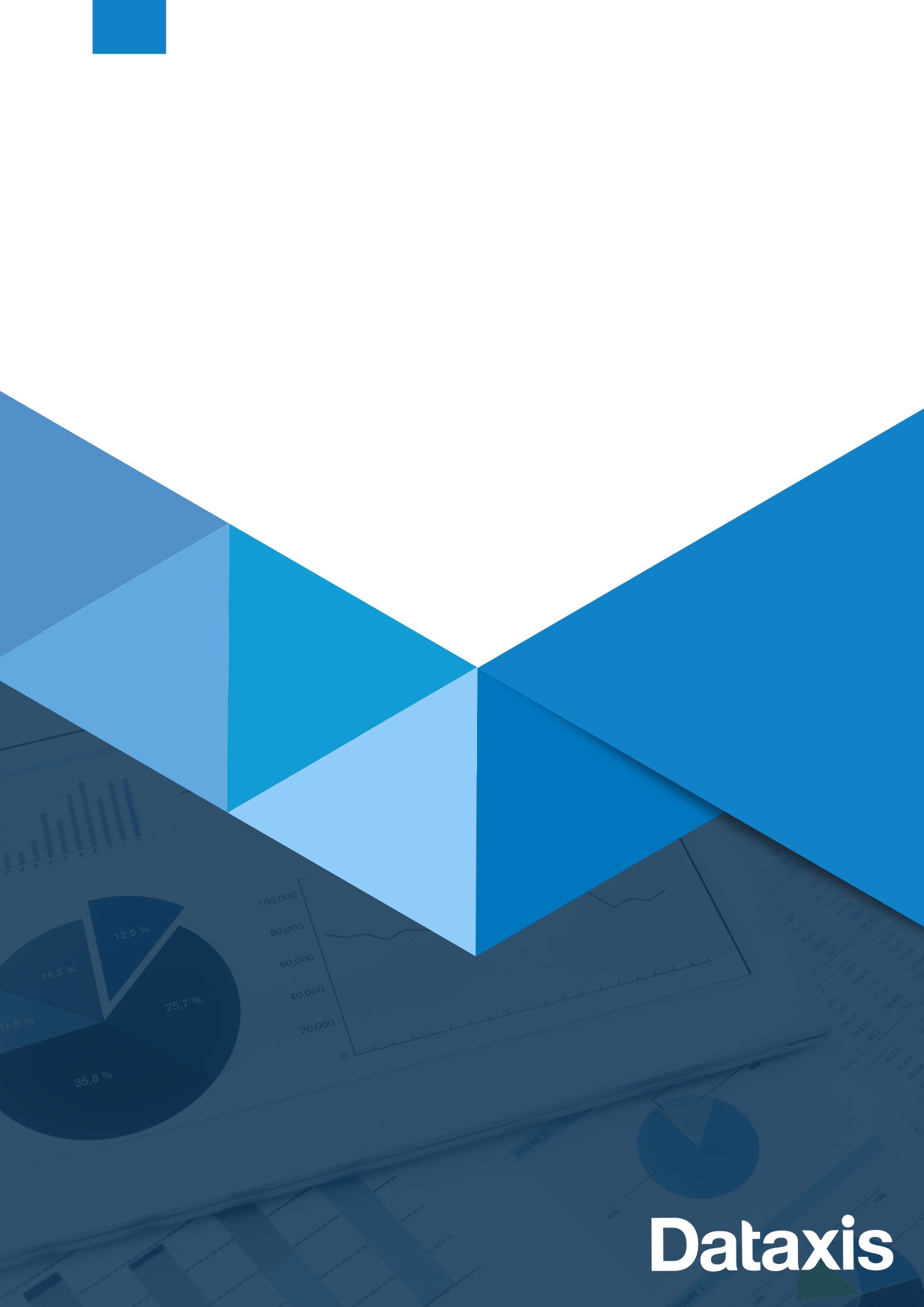While Western markets were already quite mature when it comes to traditional cybersecurity solutions (with products such as antivirus, web protection, parental control), the last five years have seen a tremendous diversification in terms of services. More specific endpoint and cloud solutions focusing on personal data control such as BreachGuard from Avast, or Personal Data Cleanup from McAfee launched, following the multiplication of connected devices and the adoption of a crescent number of IoT services in homes. The adoption of home-office from a larger share of businesses in North America and Europe in the wake of the pandemic made a growing number of companies vulnerable to security breaches, leading them to invest in newer cybersecurity solutions. Although traditional cybersecurity solutions remain widely used and account for an important share of consumer revenues of the big players, newer cybersecurity solutions are getting more and more popular. These solutions tend to provide more control and flexibility to customers, through two main guidances: a better inter-operability between the different devices, favoring cloud solutions over endpoint solutions, and a better monitoring of these solutions, following growing concerns from the consumers regarding the usage of their personal data: according a survey conducted by Cisco in their 2021 Consumer Privacy Report, among the 86% of consumers caring for their data privacy, 79% were willing to spend time and money to have more control, leading 47% of them to effectively choose security solutions ensuring better data policies. This multiplication of services has allowed cybersecurity providers to generate higher ARPUs from their customer base, providing higher revenue streams, especially in the last couple of years. As an example, AVAST's yearly desktop subscribers ARPU increased from $45 in 2017 to almost $55 in 2021, while global cybersecurity subscription revenues across North America and Europe grew at a 9% yearly rate on average over the same period of time. However this significant growth has been increasingly concentrated around the existing market leaders – Avast, McAfee, and Norton on top of them –, while a growing number of smaller and more premium cybersecurity providers have gradually been shifting their operations from consumer to business. This transition is both the result of the accelerating cloud migration for numerous businesses, leading to crescent needs for cyber-protection, and the increasing competition from free cybersecurity solutions on the consumer side such as Windows Defender. In order to maintain high retention rates among their consumer segment, cybersecurity providers have consolidated their partnerships with telecom operators, especially on the mobile segment, to reduce their churn rates. If these partnerships have allowed cybersecurity services to significantly expand their reach, their penetration among operator’ customer bases remains low, the adoption rate of these services through partnerships is usually below...













